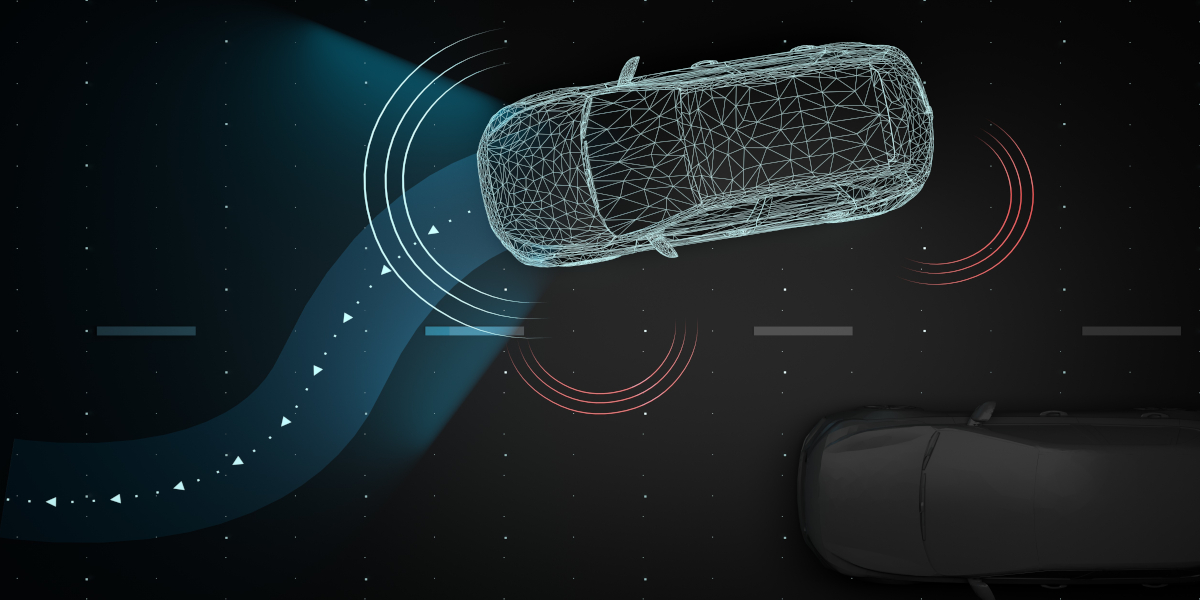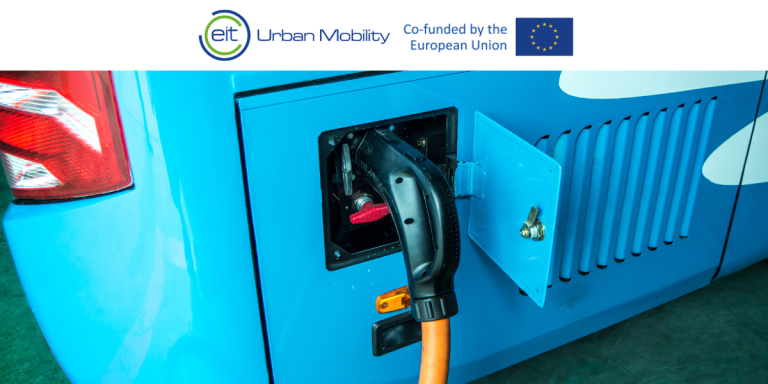All observers agree that when it comes to autonomous vehicles, the end of the road is not yet in sight. And yet ACTIA, due to its expertise in electronic architecture and vehicle connectivity, is already in a position to offer technology building blocks which are directly linked to the functions of smart and autonomous vehicles. David Elizalde, Director of Development & Innovation Programmes at ACTIA, talks about the technological challenges involved in autonomous vehicles, and explains what we mean by a vehicle’s digital twin. He also gives us an insight into the cyber sovereignty risks related to autonomous vehicles.
In what way are today’s autonomous vehicles more sophisticated?
Autonomous vehicle technology can be broken down into five levels. At level 1, the driver is still behind the wheel, assisted by electronic functions. At level 5, the vehicle is driverless, and manages its own functions and environment in all conditions.
Most of the autonomous vehicle experiments carried out so far have been for professional applications, mainly in the field of passenger transport in urban environments, and applied on electric vehicles. One example is the recent commissioning of shuttles in several pilot cities, to test the maximum autonomy level – level 5.
As far as light vehicles are concerned, getting to level 5 is not the priority for car manufacturers, either in the short or medium term. The goal is not to render the vehicle 100% autonomous but to offer drivers the option of switching to hands-free driving for short periods in certain situations – when stuck in traffic jams, for example.
However, almost all manufacturers have now begun working on how to produce autonomous vehicles, light vehicle manufacturers and HGV manufacturers alike.
What technical pre-requisites are autonomous vehicles based on?
The emergence of autonomous vehicles draws on three main technology pillars.
First, vehicle digitalisation and the ability to represent them as accurately as possible in data format. The objective here is to manage and monitor all of a vehicle’s functions and operations remotely. This process will increasingly rely on artificial intelligence, which may be installed on the vehicle or based on the processing of data collected from the Cloud, the aim being to optimise the vehicle’s behaviour and anticipate failures.
Next, vehicle connectivity – in other words, being able to connect vehicles to communication networks. This is what we call a connected, or smart vehicle. At the moment, we estimate that 30% of light vehicles worldwide are connected. However, this figure increases to almost 100% for road transport using HGVs, connected logistics or public passenger transport in cities. Smart vehicles are also considered to be one of the main beneficiaries of the 5G technology currently being deployed. This technology offers far higher download speeds than the 4G and 3G technology used today.
Lastly, data security and passenger safety. The first obstacle facing autonomous vehicles is passengers’ reluctance to board them, and their doubts about whether the vehicle is capable of transporting them safely and securely.
How will an autonomous vehicle react to a new situation it has never encountered before?
How will it behave if one of its components fails? If there is an engine failure or the automatic doors jam, for example?
Public transport operators, on the other hand, are more concerned about cyber security. Is my vehicle or vehicle fleet protected against cyber-attacks that aim to put them out of service? A lot of standardisation work is currently under way in this area.
What do we mean by a vehicle’s digital twin?
The vehicle’s digital twin concept is a process that allows us to represent all the technical characteristics and all the parameters related to the way the vehicle operates, in digital form:
- journeys made ;
- use time ;
- consumption ;
- technical issues ; etc.
All current players in the automotive industry – manufacturers, equipment manufacturers, service operators – are investing massively in the digitalisation of their products and services, with the goal of creating a digital twin.
This goes hand in hand with the creation of huge amounts of data, which will then be used by artificial intelligence algorithms.
How does ACTIA plan to use this vehicle’s digital twin?
The challenge for ACTIA is to complete and transform its historic business as an equipment manufacturer specialised in diagnostic systems for cars, in order to develop smarter solutions based on AI algorithms.
These vehicle data processing solutions are designed to benefit users and operators, of course, with the goal of anticipating failures and guaranteeing an optimum operating rate. However, they are also aimed at manufacturers, to help them guarantee the best TCO for their customers. In that case, we talk about predictive diagnostics for vehicles.
Initial experiments in partnership with our manufacturer customers are convincing, especially in the public transport field.
And what are the challenges in terms of cyber sovereignty?
As we saw previously, the arrival of autonomous vehicles draws on several broad categories of technology, over which we need to keep control to make sure a country or region remains sovereign.
The electronic components used for data processing which are installed on board autonomous vehicles constitute one example. Despite the fact that France and Europe are well ahead of the game in this field (especially with regard to R&D), the current components crisis has highlighted how dependent our continent is on the production of those components. Europe and France therefore urgently need to structure production chains to guarantee the industrial viability of autonomous vehicles.
The communications network infrastructure required for data exchange between smart vehicles and operators’ servers is a key issue. 5G technology is a prime example. Europe has two telecommunications equipment manufacturers with a global presence, so it has the means of defending a certain degree of sovereignty with respect to the big American and Chinese groups.
Data storage infrastructure: this is an area in which the American GAFAM excel – and it is Europe’s weak spot. Europe needs to step up its game and acquire new resources to guarantee its sovereignty in these areas, even though some national initiatives are already under way.
Data processing – a field in which Europe has many skills in all these technologies: AI, edge computing, and so on. We don’t therefore see any risk in terms of cyber sovereignty in this field.
The autonomous vehicle is a new technology that is set to be rolled out on a vast scale in the years to come. At the moment, it is mainly being developed on electric vehicles built for passenger transport in cities, products on which the maximum autonomy level (level 5 – driverless vehicles) is applied.
It will take longer for this technology to spread to light vehicles. The first step will involve lower autonomy levels, meaning the driver always has the option of taking back control of the vehicle.







